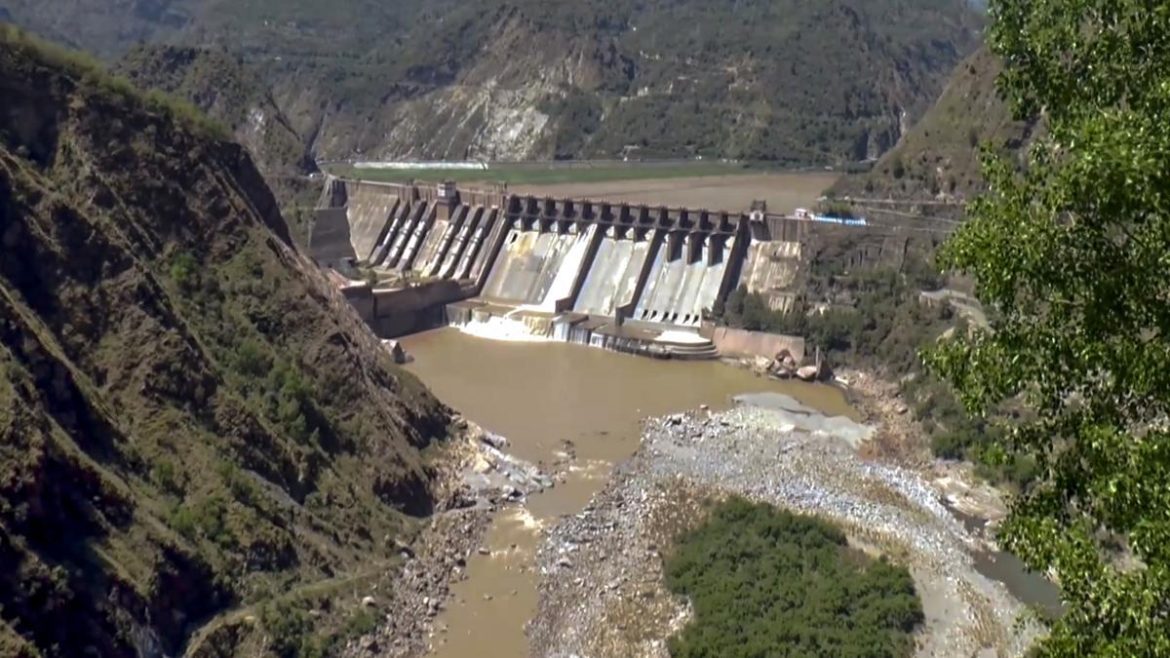India Drafts Ambitious Plan to Redirect Indus Water to Northern States
New Delhi is undertaking a feasibility study for an ambitious hydrological project aimed at better utilizing its share of water under the Indus Waters Treaty. The plan involves the construction of a 113-kilometer-long canal designed to divert excess flow from the western rivers of the Indus system — Jhelum, Chenab, and Indus — toward key regions including Punjab, Haryana, Rajasthan, and potentially even Delhi.
What Is the Indus Waters Treaty?
Signed in 1960, the Indus Waters Treaty (IWT) is a landmark water-sharing agreement brokered by the World Bank between India and Pakistan. It allocates the three eastern rivers — Ravi, Beas, and Sutlej — to India’s use, while the three western rivers — Indus, Jhelum, and Chenab — largely flow into Pakistan. Although India is permitted limited use of the western rivers for domestic and agricultural needs, most of the water remains underutilized by India due to the geography and flow direction of these rivers.
Details of India’s Canal Construction Plan
According to top government sources, the key feature of the initiative is the proposal to construct a canal that will link the Chenab River to the Ravi-Beas-Sutlej system. This engineering intervention could potentially reroute water currently flowing into Pakistan back toward India’s arid and semi-arid regions. The project is expected to be finalized and constructed within three years, although it is currently in the feasibility study stage.
“Indus waters will be taken to Rajasthan’s Ganganagar through canals within three years,” said Home Minister Amit Shah during a BJP meeting in Madhya Pradesh. He further added that the neighboring country will be left “craving for every drop of water,” highlighting the project’s strategic and political undertones.
Potential Expansion and Integration
Official sources also mentioned an extended version of the plan that could connect the canal to the Yamuna River. If realized, this would increase the canal’s total length to approximately 200 kilometers. Moreover, the water flowing through the Yamuna could eventually make its way to Gangasagar in West Bengal. This implies a national-scale impact, with major northern states like Punjab, Haryana, Rajasthan, and Delhi benefitting from enhanced water availability.
Strategic Context: Water as a Tool of Diplomacy
India’s renewed focus on maximizing its Indus water share unfolds amid ongoing geopolitical tensions with Pakistan. Following the April 22 terrorist attack in Pahalgam, Jammu and Kashmir — which New Delhi attributes to Pakistan’s support for cross-border militancy, a charge Islamabad denies — India announced that all engagement under the Indus Waters Treaty would be suspended until Pakistan takes “credible and irrevocable” action against terrorism.
Prime Minister Narendra Modi has reiterated the government’s hardline stance on national security, underscoring that “terror and talks cannot happen at the same time,” and emphasizing the symbolic phrase that “water and blood cannot flow together.” The canal project, thus, resonates not just as a developmental initiative, but also as a reflection of India’s evolving foreign policy position toward Pakistan.
Economic and Agricultural Implications
The rerouted water could become a lifeline for several water-deprived regions. Rajasthan, in particular, stands to gain significantly as the canal would potentially supply water to Ganganagar, one of the state’s key agricultural zones. Additionally, redirecting untapped western river flows toward the Ravi and Beas basins could support increased irrigation in Punjab and Haryana — two states already under pressure due to depleting groundwater levels.
Delhi, too, may see heightened water security if the Yamuna-link proposal goes forward. A more robust and consistent river flow can reduce the capital’s dependence on overdrawn groundwater resources.
Environmental and Logistical Considerations
Hydrologists and environmental stakeholders have pointed out that any large-scale river diversion must be carefully evaluated for ecological impact. Potential disruption to riverine ecosystems, displacement of wildlife, and unintended consequences on downstream populations in both India and Pakistan are among the key concerns that are expected to be addressed during the feasibility study phase.
Moreover, such a vast infrastructural development demands considerable coordination among multiple states and central agencies. Legal, technical, and financial hurdles—including inter-state water-sharing arrangements and environmental clearances—may present challenges in adhering to the proposed three-year timeframe.
Pakistan’s Likely Reaction
The canal project is likely to provoke a strong response from Pakistan. The Indus Waters Treaty has remained one of the few consistently upheld agreements between the two neighbors. If India begins diverting water from the western rivers in substantial amounts, Islamabad could potentially regard it as a violation of the treaty’s spirit, if not its letter, leading to diplomatic confrontation or international arbitration.
For now, India maintains that the project seeks only to utilize water that rightly belongs to it under the treaty. Nonetheless, the political tension and timing surrounding the announcement suggest a calculated move to apply pressure on Pakistan amid worsening bilateral ties.
Looking Ahead: What’s at Stake?
In harnessing its full share of water under the Indus Waters Treaty, India faces both an opportunity and a challenge. On one hand, the canal project has the potential to boost food security, support agriculture, and provide drought relief across some of its most water-stressed states. On the other, it walks a fine line in the realms of international diplomacy and environmental responsibility.
As feasibility reports are finalized in the coming months, all eyes will be on how India balances strategic interests, national development, and regional stability in executing one of its most substantial water infrastructure initiatives in recent memory.

